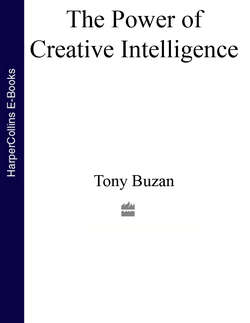Читать книгу The Power of Creative Intelligence: 10 ways to tap into your creative genius - Тони Бьюзен, Tony Buzan - Страница 13
Case History – Ludwig van Beethoven
ОглавлениеBeethoven is known for his turbulent, questioning and passionate spirit, for his desire for freedom from tyranny and censorship and for his ongoing fight for freedom of artistic expression. He is generally accepted as the ‘perfect’ example of the wild and untamed model of genius.
All of this is true, and fits in with the traditional interpretation of the right-brained creative genius. However, what has escaped most people’s attention is that Beethoven, like all other musicians, was also incredibly left-brained!
Consider the nature of music: it is written on lines, in sequence; it follows its own logic; and it is based on numbers. Music has often been described as the most pure form of mathematics there is (and it is interesting to note that many of the great mathematicians had music as their main hobby, and vice-versa).
As well as being passionately imaginative and rhythmical, Beethoven was also passionately meticulous. It was Beethoven who pioneered the use of the musical metronome, stating that it was a Godsend to him because it would now mean that every musician and conductor in the future would be able to play his music at precisely the right rhythm, with precisely the right emphasis, and at exactly the right mathematical tempo!
As with Einstein, Beethoven was neither right-brained or left-brained. He was completely and creatively whole-brained.
My research into the great creative geniuses confirmed that they all used the ‘whole brain’ – the full range of their cortical skills, where each skill supplemented and supported the others.
These findings shed light on the second big problem with the research and its assumptions.
